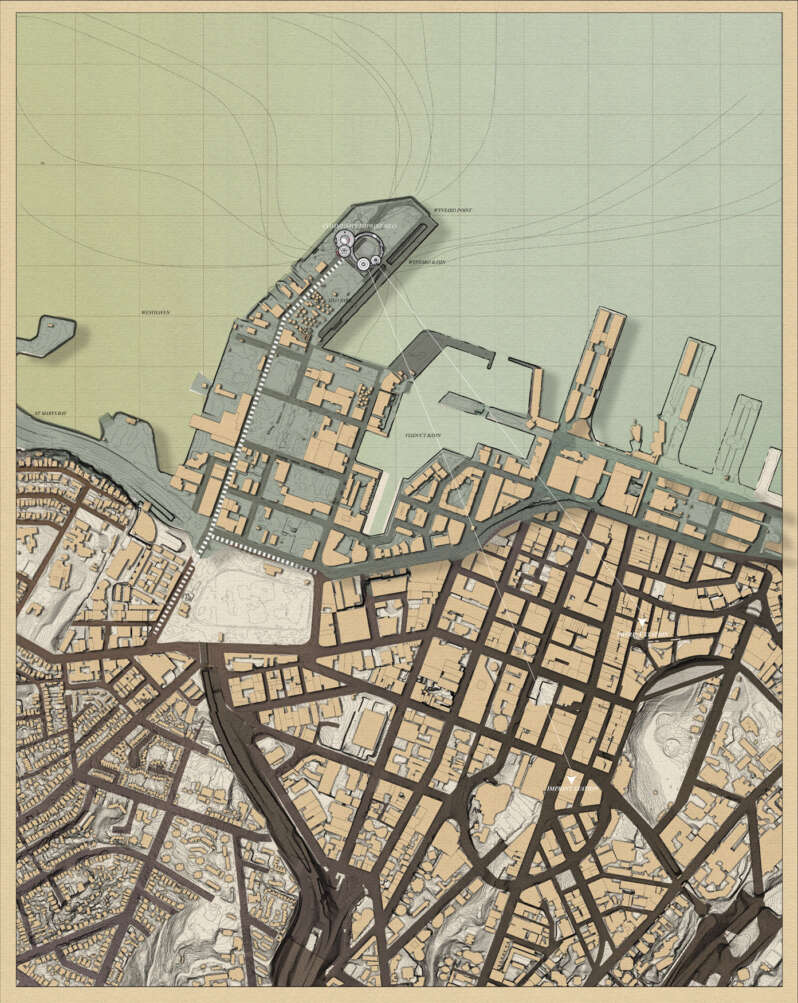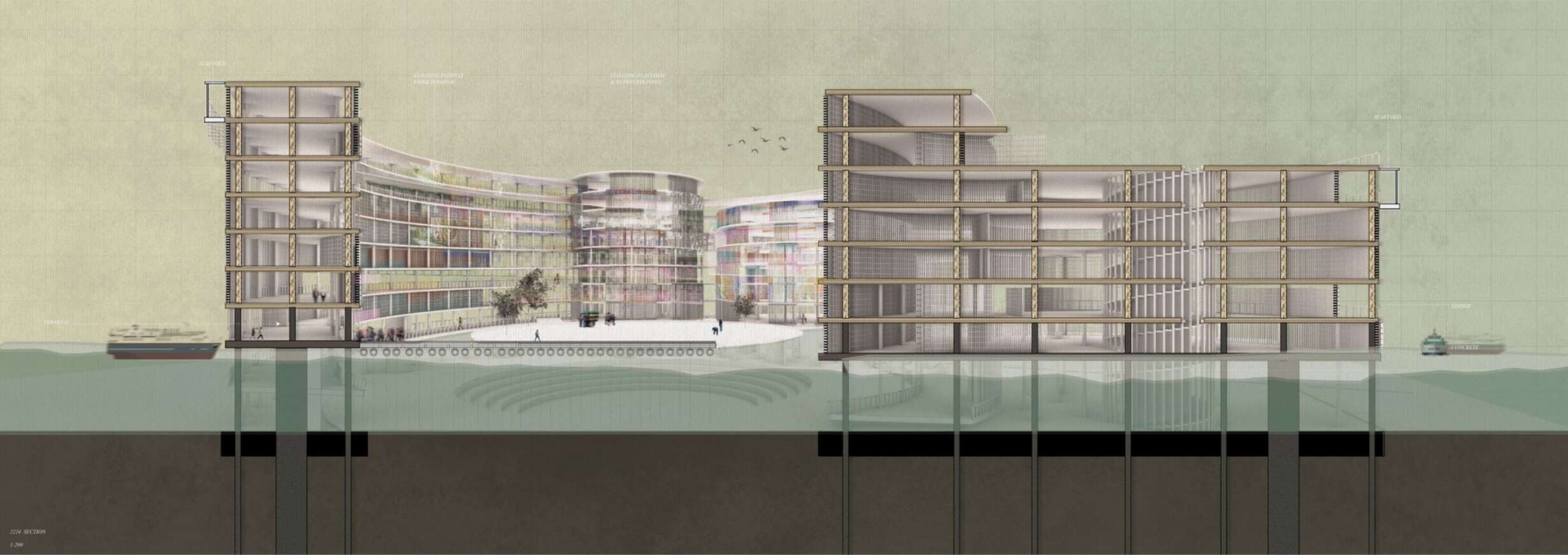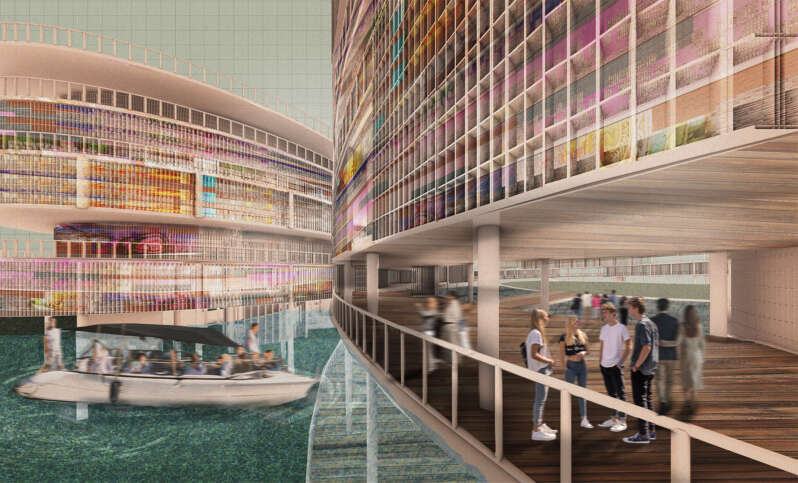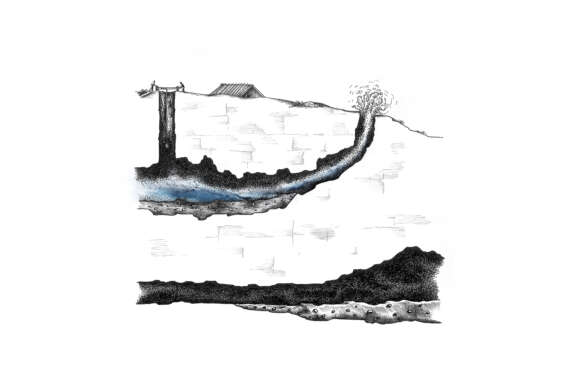Architecture and Human Imprints: Imagining a people's collective in Tāmaki Makaurau
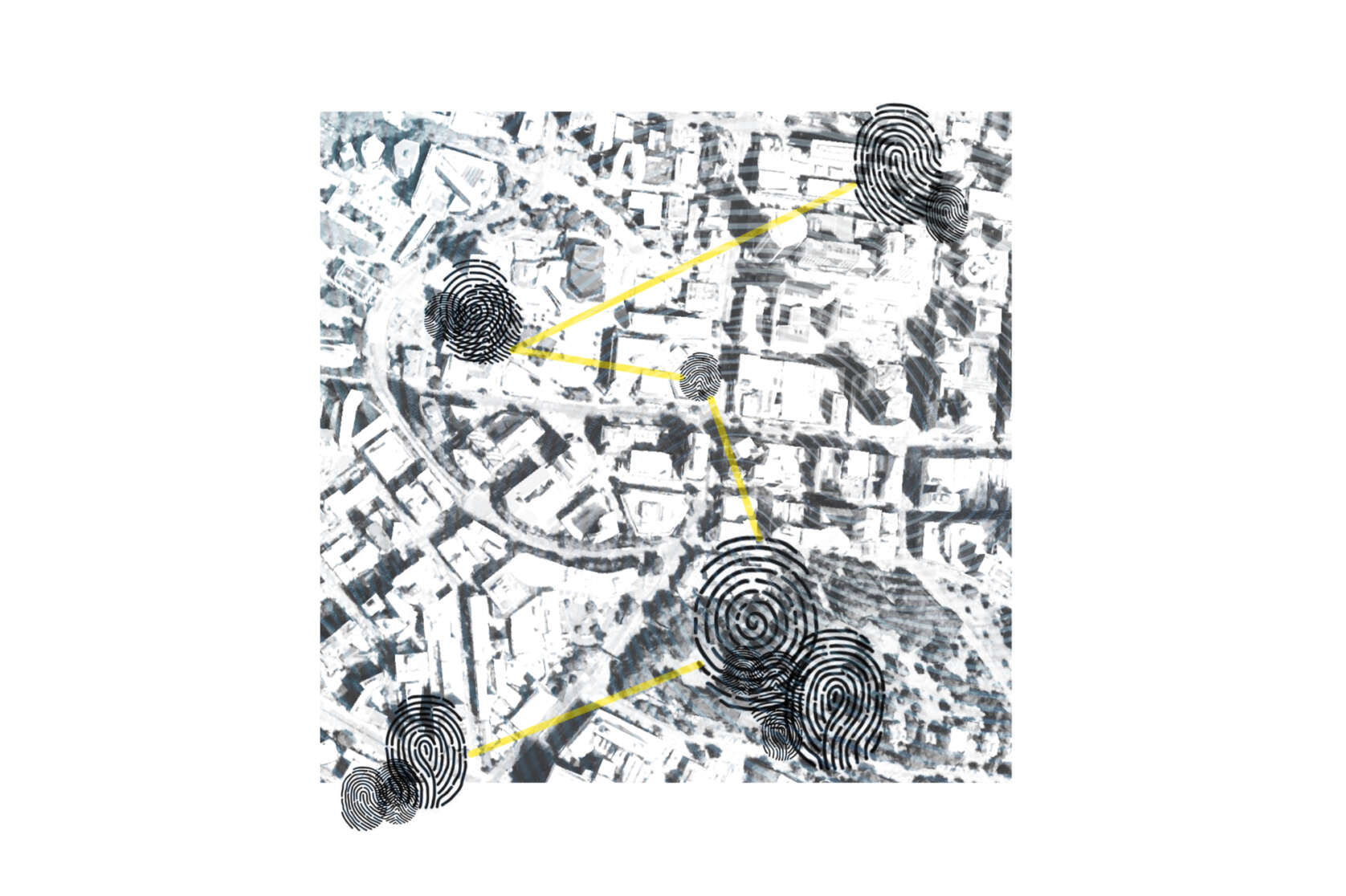
This thesis unravels the relationship between architecture and the human imprint. It highlights the human imprint as a bridge connecting humans and the built environment. In the context of this thesis, the term human imprint refers to the lasting influence of human interactions, behaviors, and experiences on architectural spaces and materials. The study reveals that human imprints are everywhere, everything, and occur all at once. The imprints made by the individual within the urban fabric depict stories and the identity of the markmaker, when individual imprints are collected, a unique collective community imprint is formed. Architecture should aim to describe a narrative that reflects people's collective and individual experiences over time; architecture should inscribe stories and the history of human life.










